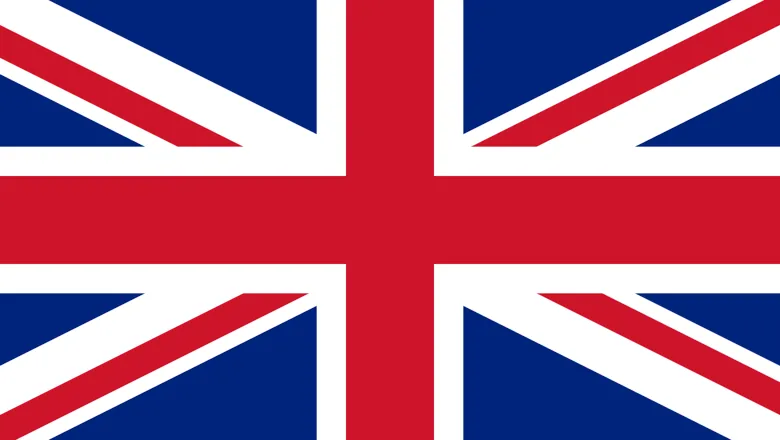22 September 2014
Illicit procurement of a fluid control product
Key Points · The robustness of the export compliance systems of distributors is key to preventing proliferation. The lack of awareness held by the stockist about export licensing requirements was shocking; it was Company C’s reputation at risk too. Buyers may pursue products with a lower technical specification if it might mean that they can avoid the control list. Companies should be fully aware of their products potential uses and full end-user checks should be carried out to mitigate this risk.

Background
Company C is based in the UK and manufactures fluid control products that have a wide variety of uses in different industrial sectors; this includes the civil nuclear sector, oil and gas and in the chemicals industry, amongst others. The products that Company C produces are certified to a high standard and much sought after in these various sectors. The company has received suspicious enquires for its products from time to time which the find fairly easy to identify.
Some of the firm’s products, especially those which are of potential use in nuclear applications, are controlled under the EU’s consolidated export control list and require a licence for export from the UK. It was after an attempt by a middleman to procure a sensitive-product and an element of coincidence that Company C was to find that one of its distributers did not have a sufficient export compliance system in place. While the end-use was not in a WMD programme, this case study seeks to highlight one way that illicit procurement can work.
Middleman’s First Procurement Attempt
Company C was initially contacted by an individual attempting to obtain one of their products for use in a civil nuclear facility in China. Experience of illicit trade had highlighted to Company C that it is suspicious for middle men, rather than end-users, to seek their products. Company C highlighted that they found it relatively easy to verify the legitimacy of trade for civil nuclear end uses: as products are usually sought directly by the facility of end use or its state-sponsored procurement organisation, reference to IAEA safeguards (or standing under the non-proliferation treaty) provided sufficient confidence to proceed to the export licensing stage. On this occasion, after undertaking some checks, Company C was still dissatisfied with the situation. This led them to refuse to supply the product to the entity that had submitted the suspicious enquiry.
A Serendipitous Site Visit
A number of months later, a representative of Company C happened to be visiting China on a business trip to try and sell Company C’s products to a variety of potential buyers. While he was in the country, Company C’s Chinese agent lined up a visit to the civil nuclear facility which the middleman had claimed to be requesting Company C’s product for a few months earlier.
When the representative of Company C arrived at the facility, he was introduced to the middleman, who mysteriously introduced himself as ‘Tiger’. At the facility, the Company C representative was surprised to see paperwork which indicated that one of Company C’s products was installed in the place where the initial request had detailed that they product was required.
Safety Concerns
The representative from Company C was surprised; how had the middleman and the facility been able to procure Company C’s product? This concern was also supplemented by a serious safety concern. The product that had been acquired was not itself certified for use in this safety-critical role; the specifications it was designed to meet made it appropriate for use in the oil and gas industry rather than the nuclear industry.
That those seeking to illicitly procure products may look to lower specification alternatives that can fulfil the same role (perhaps to less of a degree) is widely recognised. While in this case the product was not destined to be used in a WMD programme, it does reflect how illicit procurement can work. Luckily, the initial safety concerns were not realised. The product was being used in a location in the facility at which it posed little risk; however, this may not have been the case if the product was installed elsewhere.
‘How did you get that?!?’
The Company C representative took a note of the product number of the installed product and double-checked with company records when he returned to the UK. These checks indicated that the product had likely been sold by a specific UK stockist (Company D) that stocked Company C’s products; he was able to trace that the purchase was made by the Chinese using a UK-based agent. The Company C representative decided to get in touch with the UK-based stockist who indicated that he did not understand that an export license is required when exporting to civil nuclear facilities in China. Company D’s rationale was that goods of this specification did not appear on the consolidated export list. Nonetheless, Company D may have been in violation of the law: it is an offence to export non-listed goods where you are aware or have been informed by Government that there is a WMD end-use risk and that the final destination is outside the EU.
Sources (used throughout)
Interview with the former Managing Director of Company B, undertaken in January 2012.
